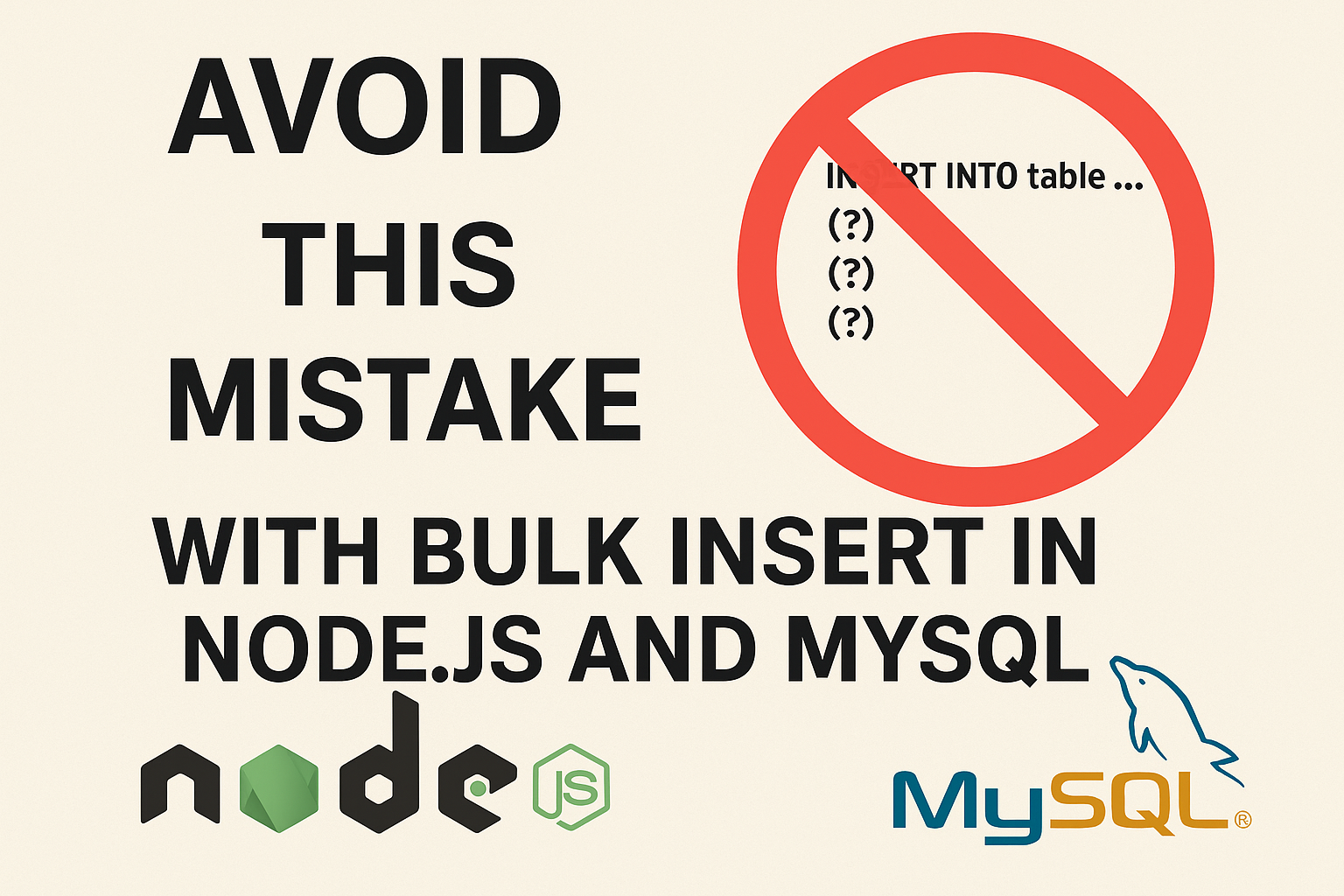Top 10 secrets of Ruby
The “secret” of Ruby lies in its philosophy and design principles, which prioritize developer happiness and code simplicity. Here’s a breakdown of what makes Ruby truly unique and powerful:
1. Developer-Centric Philosophy
Ruby was designed by Yukihiro Matsumoto (Matz) with one primary goal: to make programming enjoyable for developers. Unlike many languages that focus solely on performance or strict rules, Ruby prioritizes human-friendly syntax and expressive code.
Secret: Ruby feels natural to write, almost like you’re expressing thoughts in plain English.
Example:
5.times { puts "I love Ruby!" }2. Everything is an Object
In Ruby, everything is treated as an object—even basic data types like numbers and booleans. This approach provides incredible consistency and flexibility.
Secret: Because everything is an object, you can call methods on anything, enabling elegant and readable code.
Example:
puts 5.class # Output: Integer
puts "Ruby".upcase # Output: RUBY3. Convention Over Configuration
Ruby, particularly with frameworks like Rails, emphasizes convention over configuration. This means developers don’t have to waste time writing boilerplate code or specifying repetitive configurations.
Secret: Ruby’s defaults let you focus on solving problems, not wrestling with setup.
4. Dynamic and Flexible
Ruby is dynamically typed and highly flexible, allowing you to modify or extend core classes, define methods on the fly, and create highly customizable solutions.
Secret: You can adapt Ruby to fit your needs, even redefining built-in behavior (use with care!).
Example:
class String
def shout
self.upcase + "!!!"
end
end
puts "ruby".shout # Output: RUBY!!!5. Readability and Beauty
Matz emphasized that code should be beautiful and readable, almost like poetry. Ruby’s syntax encourages clear, concise code that avoids clutter.
Secret: Writing Ruby code often feels like crafting art, not just solving a problem.
Example:
users = ["Alice", "Bob", "Charlie"]
users.each { |user| puts "Hello, #{user}!" }6. Powerful Built-In Tools
Ruby comes with a rich standard library and built-in tools like blocks, Procs, and lambdas, which make it easy to implement higher-order programming.
Secret: Ruby gives you powerful abstractions for working with data and control flow.
Example:
def repeat(n, &block)
n.times { block.call }
end
repeat(3) { puts "Ruby is awesome!" }7. Community and Ecosystem
Ruby’s community is known for being friendly and supportive. The language also boasts a vast ecosystem of gems (libraries) and frameworks, particularly Ruby on Rails.
Secret: The Ruby community shares the philosophy of joy and productivity, offering tools and resources that simplify development.
8. Balancing Productivity and Power
Ruby may not be the fastest language in terms of raw performance, but its power lies in how much it helps developers get things done quickly and correctly. For many tasks, developer time is far more valuable than machine time.
Secret: Ruby optimizes for developer productivity, making it perfect for startups and teams that need to move fast.
9. Inspired by the Best Languages
Ruby combines the best features of several programming languages:
- Perl for text processing.
- Smalltalk for object orientation.
- Lisp for its flexibility.
- Python for readability.
Secret: Ruby is a language born from Matz cherry-picking the most enjoyable aspects of other languages.
10. Open to Everyone
Ruby’s accessibility makes it a great language for beginners, while its depth and flexibility appeal to experienced developers building complex systems.
Secret: Ruby is approachable for newcomers but powerful enough for experts.
In Summary: The Real Secret of Ruby
The true secret of Ruby is its focus on joy and creativity. It’s a language that doesn’t just help you write code—it makes you love writing code. Whether you’re a beginner learning to program or an expert building a complex application, Ruby empowers you to express your ideas beautifully and efficiently.
Would you like to explore one of these points further?





